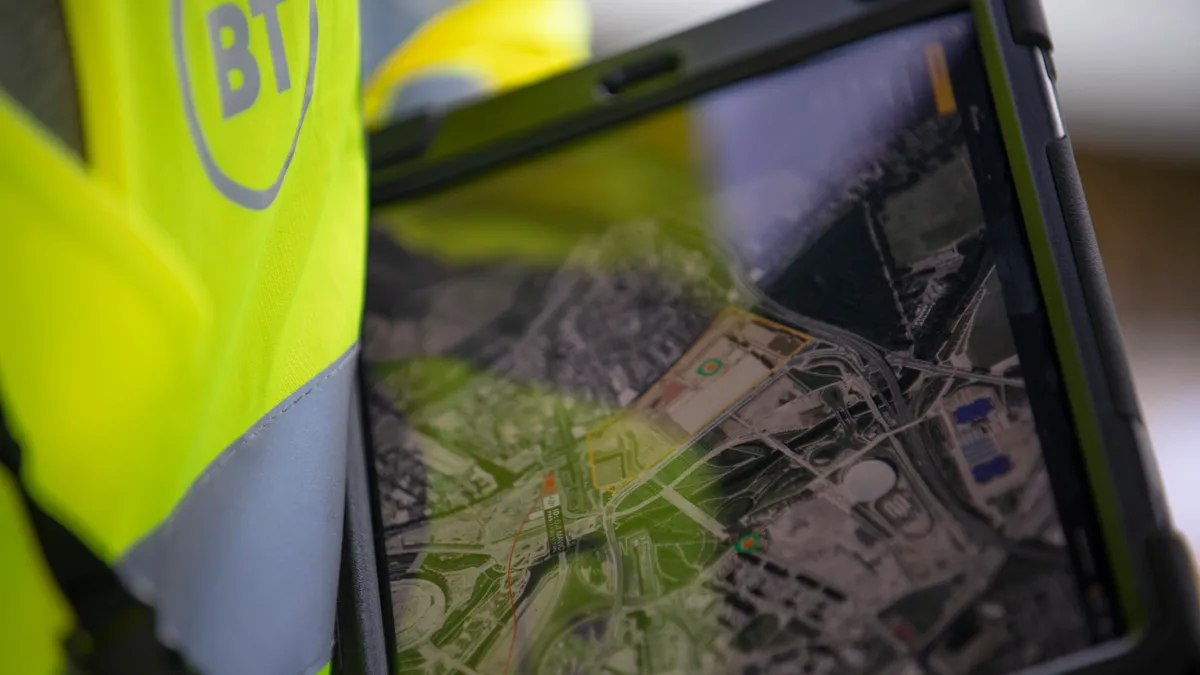Enterprise-scale businesses are in a size and complexity weight class of their own. Micromanaging processes such as customer service simply won't work, which leads organizations to seek assistance from AI.
"AI for us has been a key enabler to optimize decision-making at scale," said Gilbert Owusu, head of Operational Transformation Technologies at BT, speaking Tuesday at Forrester’s Data Strategy & Insights North America 2020 conference.
AI implementation is nothing new at the telecommunications company. In 1999, Owusu and a set of colleagues started a research program on applied AI to optimize management of field engineering teams.
"Since then, we have extended the applications to a number of areas," including wider workforce management, design and roll out of optic fiber, and management of a fleet of around 29,000 vehicles, he said.
With assistance from algorithms and data, the telecom company leaves business critical processes to the machines, which can maximize the availability of resources and account for external factors. As businesses sustain operations in the pandemic, automation guidance will tip the scale for organizations looking to compete.
Applying automation in consumer-facing areas helps businesses navigate how consumer patterns have changed, said Geoff Webb, VP of Strategy at PROS, in a July interview with CIO Dive.
But adoption of emerging technologies will contend with tightened budget projections ahead. Leaders are focused on time-to-value and the projects that can quickly provide competitive advantages.
The balance of algorithms
BT uses algorithms to find a happy medium between two critical forces at play in its customer support operation: supply and demand.
On the supply side, the company must decide which engineer will respond to which support request, taking into account variables, such as what vehicles they'll have access to and what equipment is available.
Complexity doesn't stop there. "The challenge is quite enormous because these engineers are multiskilled," said Owusu. Engineers must be assigned to specific jobs according to their skill sets.
"They are mobile, so they have preferred areas where they work, and they have varying shift patterns," Owusu said. All of these considerations are plugged into BT's AI system, which helps appropriately pair requests with work teams.
On the demand side, BT forecasts the level of requests coming using data sets on previous demand levels and external factors, including weather patterns. Visibility allows the company to respond appropriately according to its capacity.
The challenges of data
Automation can help reduce resource waste by improving customer service operations. But even the most sophisticated algorithm will fail to deliver business value without the right data.
While delivering a scheduling tool for one of BT's engineering units a few years back, the first iteration failed to deliver insights of value.
"They didn't have the right data sets in place," said Owusu. "What we did was build a proof of concept, produce a schedule and the outcome wasn't what they expected because the engineers weren't utilized properly."
The company equipped the unit with data visibility tools to understand where the issue lied. The analysis revealed there were quality issues in the data, with the unit noticing improvements in outcomes as the data was cleaned up.
"Each time we embark on an AI journey, we spend between 60% and 70% of our time making sure that we have the right data sets in place," said Owusu. The organization put in place a data warehouse infrastructure to let domain experts take ownership of available data sets.
To further implement AI at BT, the company is evaluating how it can transform legacy software into microservices using AI and ways to reduce the cost of developing software products with AI.
"What we have learned is to look at the problem and make sure you use a relevant technique to solve that problem," said Owusu. "It's about making sure you leverage whatever capability out there that is suited for the job at hand.















